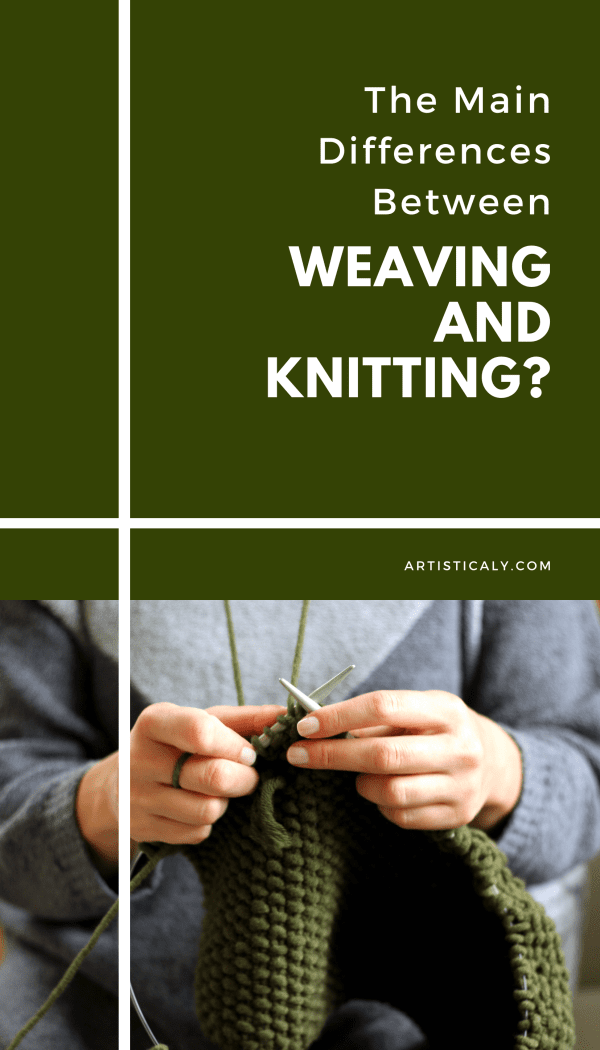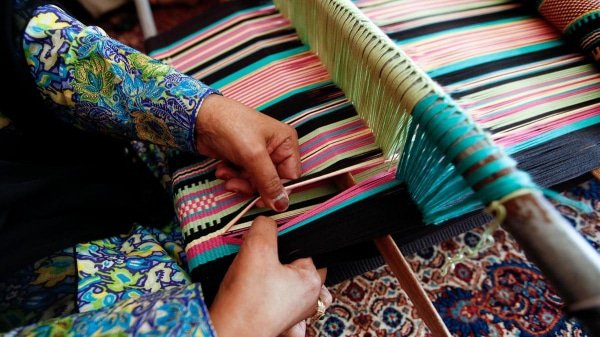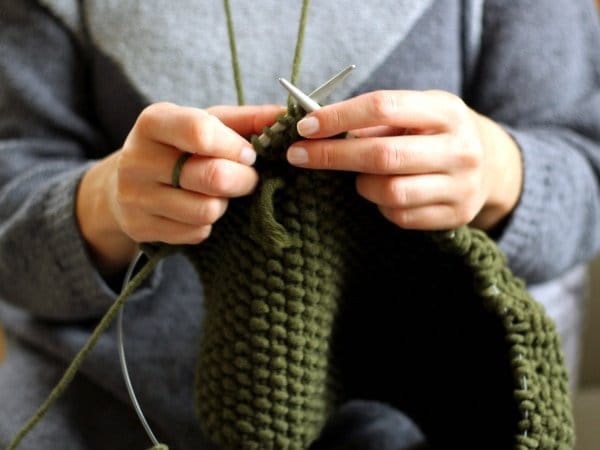In the ever-changing world of fashion, there are some fabrics that are always in demand. Weaved and knitted fabrics are one of them. With the increasing popularity of these fabrics, it doesn’t come as a shock that many people have picked knitting or weaving as their hobbies. And while they might look similar, they are actually a lot different from each other. To make you a pro in producing both types of fabric, we will make sure that you know What Are the Main Differences Between Weaving and Knitting?
In the world of fabrics, there are so many different types of textiles that it is inevitable for the confusion to arise. There is weaving, knitting, crocheting, knotting or felting and what not. With these many different methods, it becomes quite difficult to know the difference between them. But after today, you will definitely know the difference between weaving and knitting for sure.

What Are the Main Differences Between Weaving and Knitting?
As a person keenly interested in weaving and knitting, it is essential for you to know the difference between the two. And even if you are simply a buyer of the fabric and not the maker, it doesn’t hurt to know a little more about the fabric you are splurging on. And while it may seem like a difficult task, it doesn’t take rocket science to know the difference between a woven and knitted fabric. So don’t rack your brain before we have even begun here. You don’t need to be an expert in knitting or weaving to know what kind of fabric you are buying, really.
Weaving
In weaving, the fabric is created by interlacing two yarns of similar material in such a way that they cross each other at right angles. These two yarns are called warp yarn (vertical) and weft yarn (horizontal). This whole process of producing the fabric through the interlacing of warp and weft yarn in perpendicular is what we call weaving. It is difficult to modify designs in woven fabric. Generally, the fibres that are used for weaving are cotton, silk, hemp, and wool.

Woven Fabrics
Here are some key points that will make it easy to recognize woven fabrics.
· Woven fabric has very little elasticity. They would not stretch unless and until they were made from stretchable yarns.
· The yarns of the woven fabrics are closely packed which gives this fabric good dimensional stability.
· It is necessary to iron woven fabrics at regular intervals as they tend to crease easily.
· Due to its compact construction and less absorption of moisture, the woven fabric proves to be more durable.
· Some of the examples of woven fabric are denim, chambray, canvas, gabardine, twill, oxford, etc.
Knitting
When only one set of yarn is used and the fabric is produced by interloping this yarn, it is called the process of knitting. In other words, in knitting, the fabric is made by using a single yarn which is looped continuously to get a braided look. In knitted fabric, it is easy to changes styles and designs in it. Cotton and viscose are the mostly used fibres for making knitted fabric.

Knitted Fabrics
· Knitted fabrics are highly elastic and will stretch very easily, but they may also lose their shape if stretched beyond limits.
· When it comes to dimensional stability, knitted fabrics do not possess much of it.
· Since the knitted fabrics are resistant to the crease, they do not need ironing.
· Due to their loose construction, the knitted fabrics absorb more moisture and thus become relatively less durable.
· Fabrics like Berber, pique, interlock, terry, mesh, towelling, single jersey, etc. are all the examples of knitted fabrics
Is knitting faster than weaving?
You know the fabrics that knitting and weaving produce but do you know which one takes longer to be finished. It is the knitting that takes its good time to be done. You might have guessed the exact opposite, right? Don’t worry; you are not the only one. With its loose and voluminous construction, though knitting seems like a faster process, actually it tends to take a longer period of time as compared to weaving. Also, unlike weaving, there is no need to use special yarn for knitting. For a beginner, it might take about 20 to 25 hours to create a cardigan with a simple design. But for an expert, these hours of knitting are reduced to 9 to 13 hours.
What are the different types of weaving?
There are basically three types of weaving which are:
· Plain Weave
· Twill Weave and
· Satin Weave
Plain Weave: The most basic weave out of the three is plain weave. Another few names that the ‘Plain weave’ is known as are tabby weave, linen weave or taffeta weave. The warp and weft are aligned in a simple criss-cross pattern in the plain weave.
Twill Weave: Twill weave is a type of weaving that has a diagonal parallel ribs pattern. In this technique, the weft thread crosses over one or more warp threads and then under two or more warp threads and so on. This structure composition of twill enables the fabric to drape easily. Twill also has different front and back sides. The examples of twill fabric are chino, denim, drill, gabardine, serge, and tweed.
Satin Weave: As the name suggests, the satin weave is known for its lustrous and silky appearance. In this type of weaving process, either four or more weft yarns float over a warp yarn or four warp yarns float over a single weft yarn. From bed sheets to apparel, satin is used to make a lot of clothing items.
From now on, you would not need to twist your mind thinking about the differences between weaving and knitting. All you need to do is keep twisting those yarns and make wonderful fabric because now you know what yarn or thread you need to weave and knit. Happy Knitting! Or Weaving! Wink!